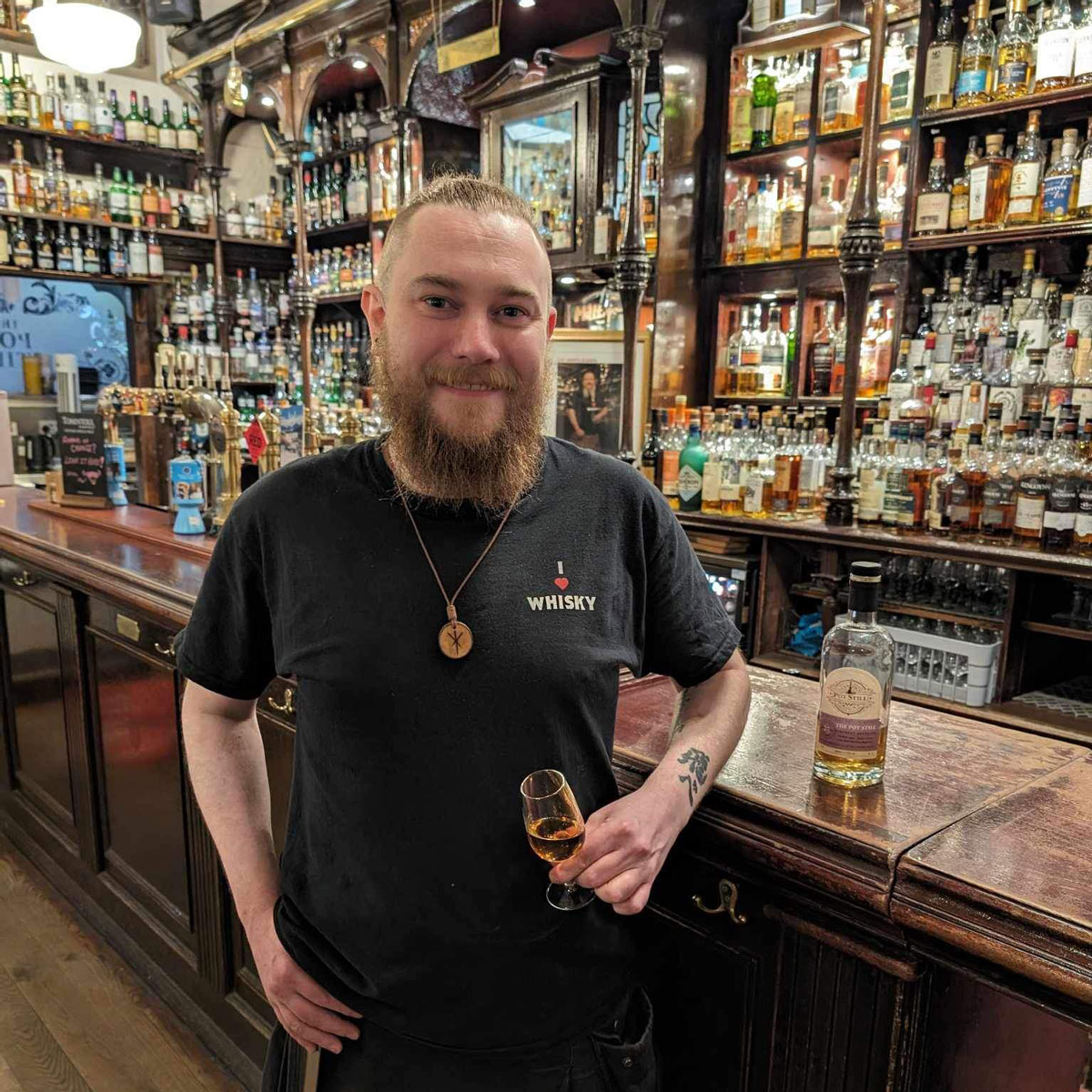Glasgow railway arch is home to petite distillery, finds Jonathan Watt

THE snowballing world of gin has swept up many fans over the last decade with the contemporary gin craze seemingly contagious, spreading from one drinker to another.
And Darran Edmond is one of thousands of Scots who has been bitten by the bug.
But he’s taken his interest further than most.
A curiosity for distillation led the self-confessed whisky man to become a tour guide at the Glenkinchie and Auchentoshan distilleries following an undergraduate degree in chemistry.
But the call to production was strong and took him to Heriot-Watt University’s brewing and distilling course; before working with Ian Macleod Distillers’ Edinburgh Gin.
On his first day with the brand, a bigger introduction to the spirit led him to realise the breadth and depth of the category.
So, after a spell with the Glasgow Distillery Co, the fledgling spirits maker decided to set up his own distillery and gin was top of his agenda.
“I had always had an independent streak, so when I realised I didn’t need tens of thousands of pounds in investment, I struck out on my own,” said Darran.
Founded two years ago, his craft distillation firm, Illicit Spirits, is a nod to the illegal Scotch distillation that followed early attempts to put a tax on the spirit as well as the city’s post-industrial present and is located in a petite industrial unit within a railway arch in the gritty, and once bustling, Tradeston area of the city.
 A year after setting up, Darran had sold his first batch of Illicit Gin – a juniper-heavy spirit, made with ten botanicals including clove and cinnamon.
A year after setting up, Darran had sold his first batch of Illicit Gin – a juniper-heavy spirit, made with ten botanicals including clove and cinnamon.
“I want to do interesting, left-field stuff but I think when you come out with your first release you have to keep it simple and show people you can do the basics right,” he said.
“Before trying something different I just wanted to make a good, classic London Dry gin. It sounds strange but I did feel the market was crying out for more of them.
“It’s very, very juniper-y. That’s what is being forgotten about in this category expansion. The definition of gin is a juniper-led spirit.
“It works well with tonic, obviously, and in Martinis and Negronis, etc. – the types of drinks where you want a really robust, punchy, gin.”
Having proven his credentials, for his next challenge Darran continued on a path of updating classic styles, so Illicit Gin was followed up with New Tom. The variant is made in the Old Tom style with a makeover provided in part by the addition of pink peppercorns, tonka beans and nasturtium flowers, which is then sweetened by the addition of Scottish honey and bee pollen.
People kept asking me if I was going to do a pink gin and I was like ‘I’m going to do a black gin.’
While a re-release of the firm’s Christmas Spirit Gin is sure to be back in time for the festive season, the coming months will also see the release of a peated gin – called Black List – which is coloured black with activated charcoal.
“People kept asking me if I was going to do a pink gin and I was like ‘I’m going to do a black gin’,” said Darran. “It’s quite trendy and it’ll work well in cocktails.
“We take the botanicals and smoke them with peat exactly the same way you would smoke barley for a peated whisky. After it was distilled it came out smokey but I wanted it smokier, so we bubbled peat smoke through the gin to get that extra layer of smokiness.”
Although Darran had his distillation ideas on-point, commercially launching products has been trickier.
He said: “Initially our marketing budget was zero. We’ve started to do some marketing recently. At the moment we have just over 50 stockists and around 30 of them are in Glasgow and we’ll grow that over time working with distributors, such as Craft56.
“But almost every perceived weakness in business can be played to your advantage.
“Rather than bemoan the fact we don’t have a bigger outreach we can go and get involved with bars more easily with things like bar takeovers, etc. So we are very face to face and deal with people directly.”
Plans for a rum are in the offing too, and while the rest of Darran’s time is spent contract distilling for a trio of other Scottish spirits firms, including Glaswegin, he also has an eye on the future and expanding into other spirits categories.
He said: “The most important thing is to be able to adapt over time. I’m looking to rum now, tequila is something I’m working on; obviously I can’t make tequila [in Scotland] but I can go to Mexico, work with a distiller, develop a recipe, have them make it and then import it, so I’d like to have done that in five years’ time. And hopefully I’ll be on my way to making whisky; I know what to do, I just need some extra pieces of equipment.
“Illicit distilling was obviously massive in Scotland centuries ago and the whisky that was being produced by the illicit guys on their little pot stills had a much better reputation than the stuff that was made on a large scale.
“So hopefully our small-batch spirits produced under the railway arches is of high quality.”



















